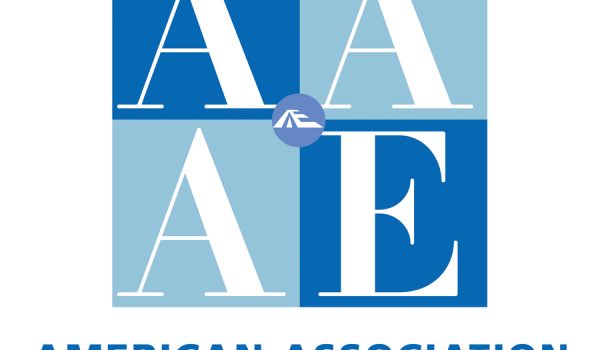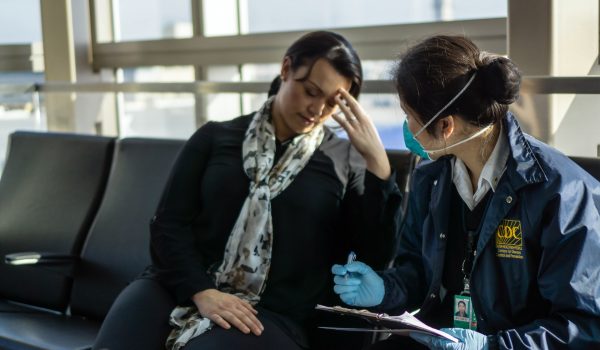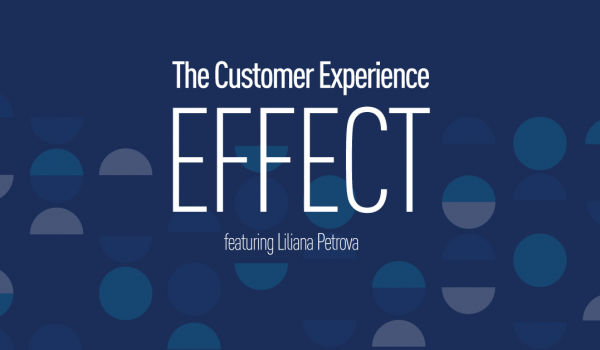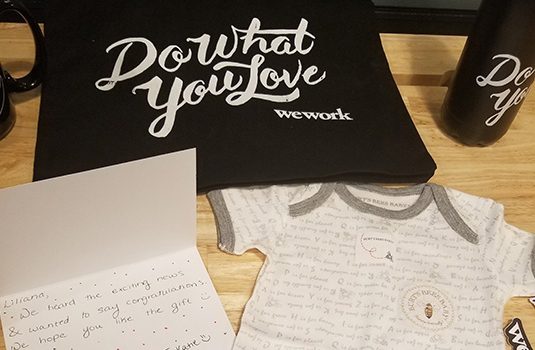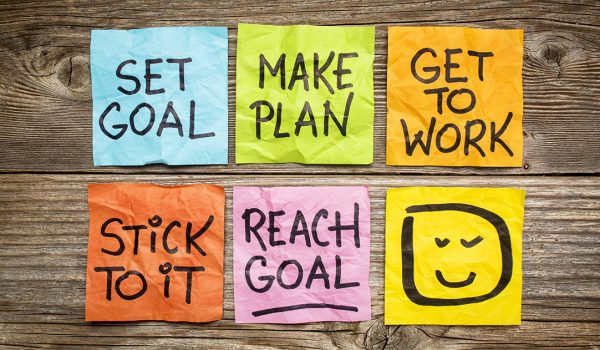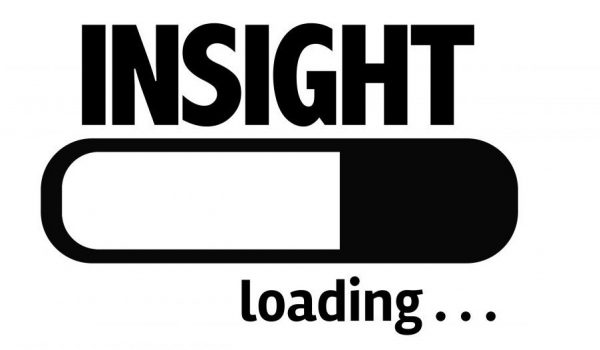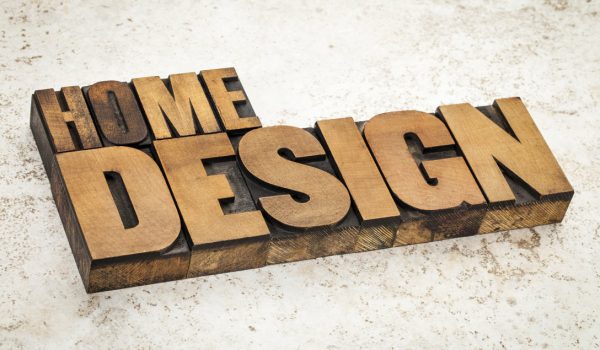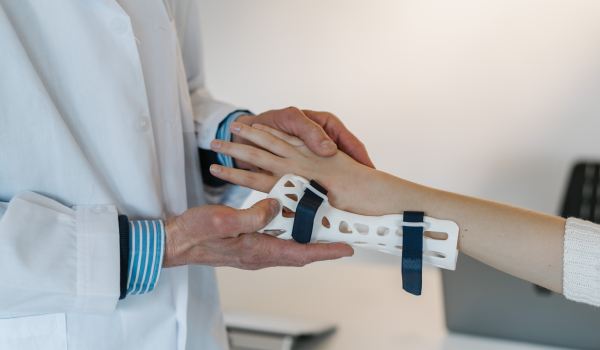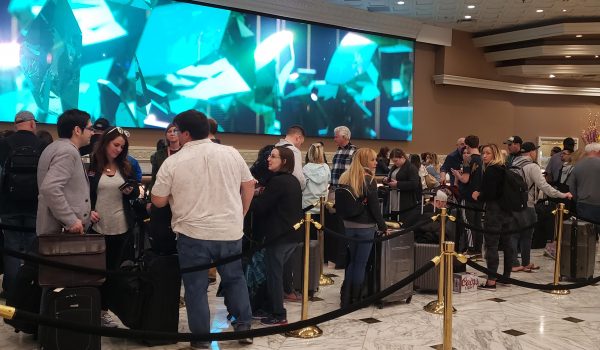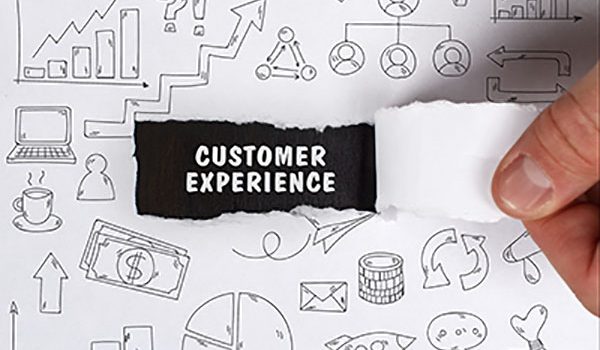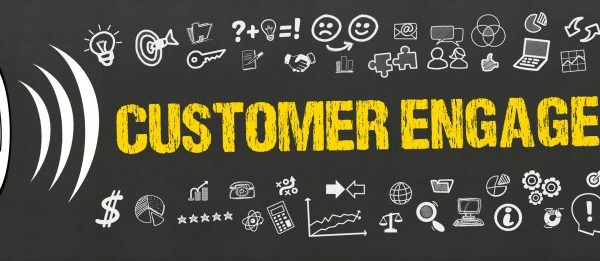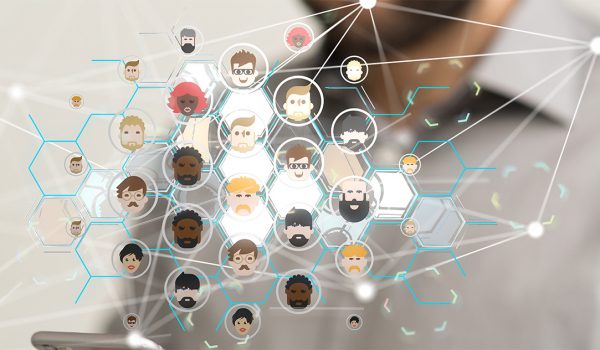
End to End Customer Experience – How to Get it Right
When we think of travel, we often think of the flight experience. But the end to end customer experience is complex, and includes all modes of transportation that get you to and from your destination. Because of this complexity, customers rarely enjoy great end to end travel experience. So, what does it take to “string the pearls” as one of our clients says, and improve the end to end customer flow? And who can help?
Think bigger – Expand from One Touchpoint to the End to End Journey
I often say the job of a customer experience leader is like the job of an orchestra conductor. The travel experience is a complex ecosystem of multiple transportation modalities and infrastructure requirements. As a result, the customer experience design of a seamless end to end travel journey requires comprehensive collaboration across the private sector and public agencies.
In this holistic context, choosing the right airline is not enough. The journey starts long before the boarding gate and ends well after the baggage claim. In my life, I only missed a transoceanic flight once. And that was because of an airport bus experience. So, if your departing airport’s AirTrain is not up to standard, or slower than you planned for, you could miss your flight. And ruin your trip.
Speaking of missing flights, every New Yorker I know who has missed an international flight, has done so after choosing to take a taxi to the airport. It is ironic, really. The roads to the airport in most big cities seem like the riskiest part of an end to end customer experience journey. Although many things can go wrong on the road, travelers rarely consider that part of the journey when discussing travel experience.
Or, rather, travelers have been conditioned to accept the road painpoints as a necessary evil. Whether you are relying on a cab or driving yourself, signage that is placed too late, or delayed traffic information, can ruin your trip. Not to mention traffic due to the single road getting to the airport, or the stressful curb experience getting out of your car or cab. Let’s face it: the yelling of the “traffic managers” is often the most unfriendly part of the end to end travel experience.
Road Signage
One last note on road signage. How often do you see the sign too late on the road to actually be able to follow its instructions? As the navigator on many road trips, I can attest that, regardless of the continent you’re on, signs often are not clear enough.
In the wake of digital technology and design thinking, wayfinding can improve future travel experience tremendously. Just drive through and determine the perfect spot for signage. Pay attention to the environment around you and apply color contrast that is easy to understand from far. Test the size and style of the font to find the most engaging, informative, and effective.
In the case of digital signage, make sure the information stays on screen long enough to be read by an average reader. Having more than one sign with the same message is NOT BAD. Think about all the people who may not see your first sign. Just because a sign is in one place does not mean you have told all riders what they need to know.
Pay Attention to Small and Large Touchpoints on the End to End Customer Experience
The hardest part about designing the end to end customer experience is that you must consider all touchpoints of the journey for most personas. Returning a rental, for example, is a potential painpoint for those who choose to rent cars. As CX Designers, even if we cannot alleviate a customer pain directly, we can consider it indirectly in the design. And we can create the most seamless experience possible for the traveler. Check-in kiosks in the rent-a-car parking lot, anyone?
You can apply similar logic to airport long term parking. Try to place yourself in your space during the busiest time of year. Apply the perspective of the passenger who has to park at the furthest point and still needs to get to their gate on time. It is important to recognize these elements, plan for them, and communicate them in a relevant way to every traveler. Parking lot availability online, anyone?
For most travelers, the AirTrain is an additional step on the journey. It is also an additional wait time. Few AirTrains tell the traveler how long it will take to get to the departing terminal, or gate. This uncertainty creates anxiety. Sometimes, AirTrain stations miss useful signage. They leave out a clear way of communicating what train is coming, where it is going (i.e. to what terminal), or when the next train will arrive.
Case in point: telling the traveler “the train runs on average every 10 minutes,” does not tell her when the next train is coming.
Think Strategically about the End to End Customer Experience
Communication Strategy and Intuitive Design
Well thought out communications strategy based on customer research can significantly improve the end to end customer experience. Map travelers’ needs incrementally and document all useful pieces of information. Then design a signage journey, be it digital or physical, to proactively serve those information bites to your traveler. Providing crucial information ahead of time is the key to stress free end to end experience and a successful trip.
When it comes to the internal design of the train, conduct in-person research with customers to design the most intuitive space. Get creative and innovative. First, imagine the painpoints of passengers. Then solve them with the constraints in mind.
Lastly, do not forget about the role of government in the quality of your overall trip. So, be engaged as a professional, as a traveler, and as a member of your community. Stop accepting poor access, unreliable transportation, and poor communication as necessary evils.
We can all play a role in our cities’ infrastructure. Start within your local government. Demand change, improvement, and access to travel for all.























